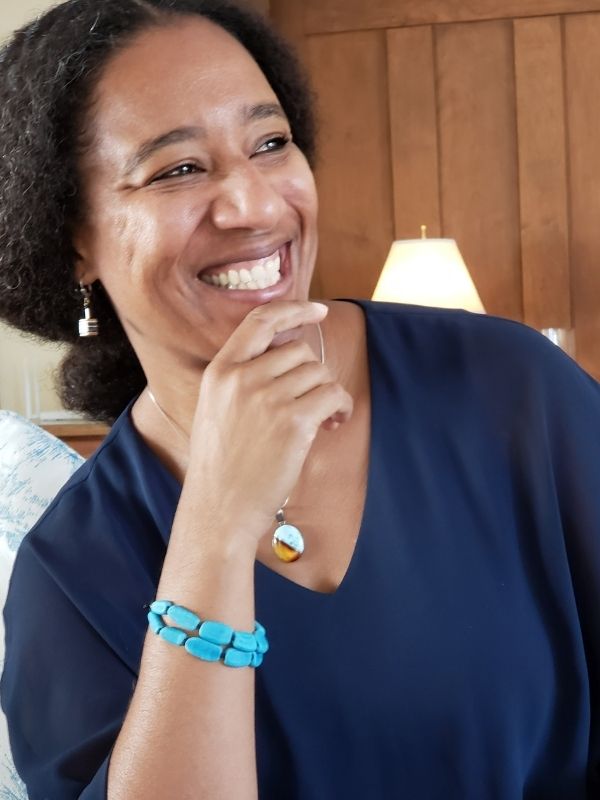Alumna Myriam Chancy’s work explores the writing and lives of Afro-Caribbean women
by Philip Moscovitch
A poetry reading and discovering other Afro-Caribbean writers while she was at Dalhousie helped set Myriam Chancy’s (MA’90) scholarship and creative writing career on course.
More than 30 years ago, acclaimed novelist and literary critic Myriam Chancy (MA’90) attended a poetry reading in Dartmouth, N.S. given by M. NourbeSe Philip. She was one of three people in the audience: “It was amazing, and I didn’t realize the impact it would have.”

A poetry reading and discovering other Afro-Caribbean writers while she was at Dalhousie helped set Myriam Chancy’s (MA’90) scholarship and creative writing career on course.
At the time, Chancy was studying African-American literature at Dalhousie. Her thesis focused on James Baldwin. But the event with Philip and discovering other Afro-Canadian women writers including the Halifax Public Library’s writer-in-residence at that time, Dionne Brand, piqued her interest and changed her course of scholarship. When it came time to do her PhD, she switched from writing about African-American women’s literature to Afro-Caribbean women writers, including Brand and Philip.
Born in Port-au-Prince, Haiti, Chancy moved to Canada as a child. She enrolled in architecture at 16, where an English professor told her she was a writer. “I thought, thank God, because I can’t do the math,” Chancy says. She earned her BA, came to Dal for her MA, then got a PhD when she was 24. Chancy published two ground-breaking works of scholarship in 1997: Framing Silence: Revolutionary Novels by Haitian Women (which she says remains the only scholarly work on Haitian women writers) and Searching for Safe Spaces: Afro-Caribbean Women Writers in Exile.
Chancy now lives in Los Angeles. There, she is Hartley Burr Alexander Chair of the Humanities at Scripps College of the Claremont Colleges. She writes both academic books and novels.
Latest novel draws from lived experiences post-earthquake
Her latest novel, What Storm, What Thunder, explores the devastating 2010 Haiti earthquake. It’s told through the eyes of an ensemble cast of characters. CBC said the book “masterfully charts the inner lives of the characters affected by the disaster.”
Chancy didn’t intended to write about Haiti’s devastating 2010 earthquake. However, after being asked to give talks on its impact on Haitian women and vulnerable communities, and reflecting on her own experience in the aftermath, she decided she wanted to approach the subject through fiction. This, she says, allowed her to access the immensity of the tragedy in a more intimate way. “By the time I started writing, people who were not Haitian had started to forget the high toll and what people were dealing with on the ground,” she says.
Currently on leave from her academic and teaching duties, Chancy is working on a new novel. It is about two sisters whose father is “Haitian but of Dominican descent, and exploring the inter-island dynamic through them.”
“The comfort zone is that a Black author should speak only about slavery or about white supremacy,” she says. “We’re not discussing a whole plethora of issues…It’s almost as if we have this block that makes it impossible to talk about a much wider array of concerns. But—and this maybe will sound trite —I think this is where fiction can do something that maybe politics cannot.”
What Storm, What Thunder is published in Canada by HarperCollins, and in the US by Tin House.